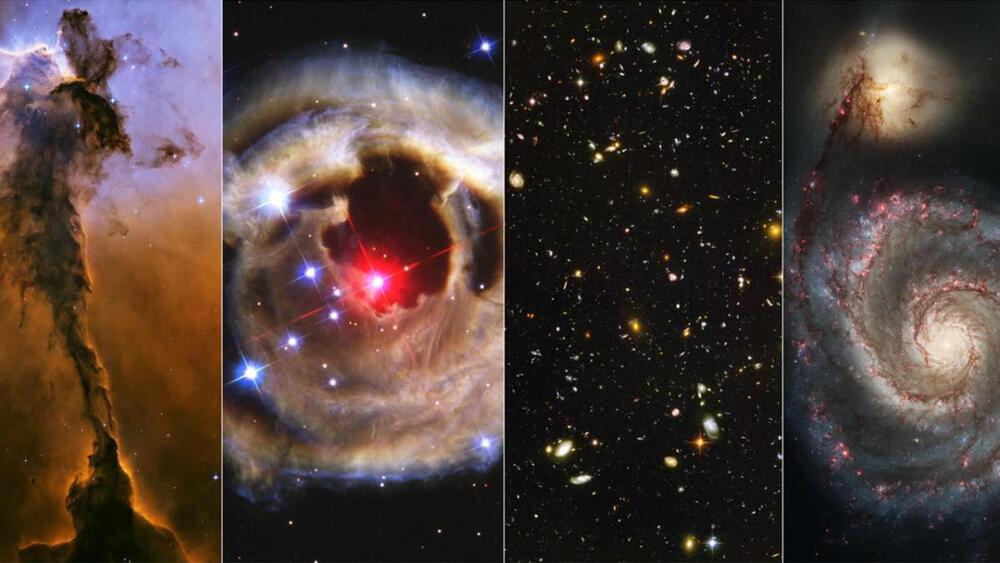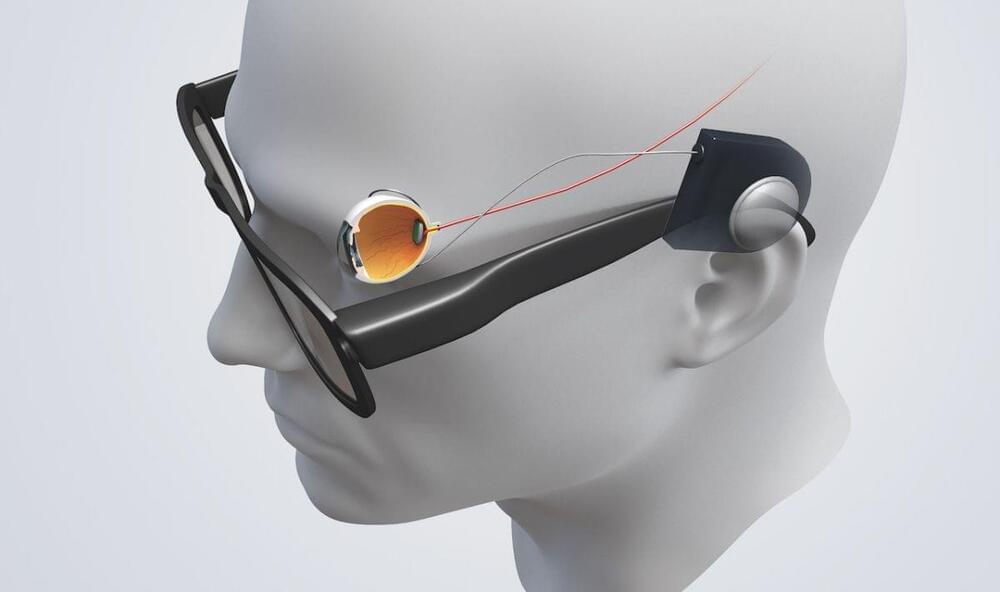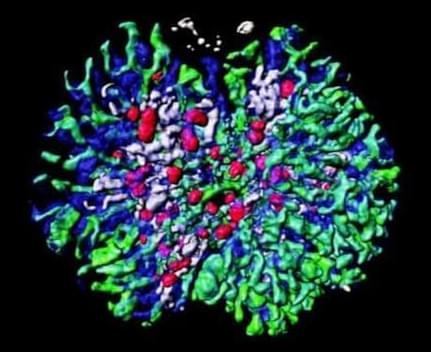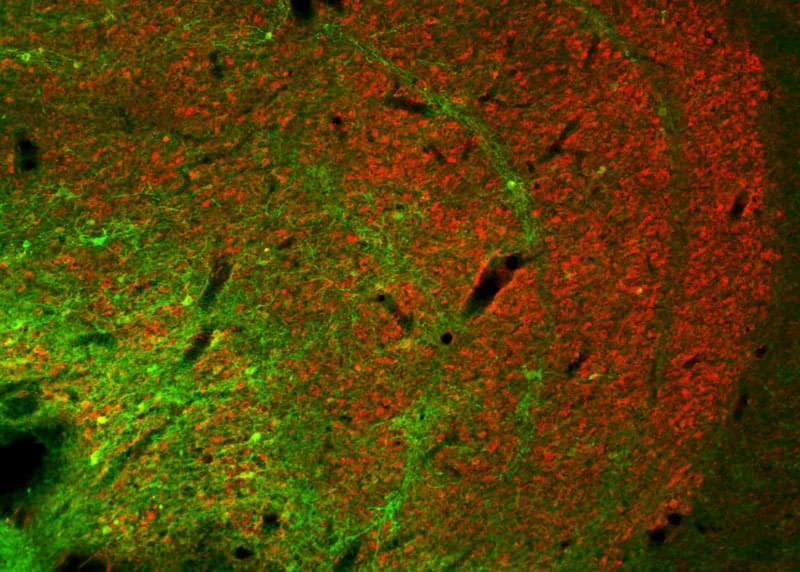Page 5420
Mar 11, 2022
Bionic eyes: How tech is replacing lost vision
Posted by Genevieve Klien in categories: cyborgs, life extension, neuroscience, transhumanism
This technology has to translate images into something the human brain can understand. Click the numbers in the interactive image below to find read about how this works.
There are a whole range of conditions, some which are picked up due to the aging process and others which may be inherited, that can cause sight deterioration.
Bionic eyes work by ‘filling in the blanks’ between what the retina perceives and how it is processed in the brain’s visual cortex, that breakdown occurs in conditions which impact the retina. It is largely these conditions which bionic eyes could help treat.
Mar 11, 2022
Why human beings become fragile after the age of 65
Posted by Genevieve Klien in category: biological
A study shows how a deficiency of coenzyme Q10, which charges our biological batteries, reduces mobility and the capacity for the generation of this vital molecule.
Mar 11, 2022
According to the researchers, this is the most complex kidney structure that’s been generated from scratch in a lab
Posted by Kelvin Dafiaghor in category: futurism
Mar 11, 2022
Scientists Chasing Artificial Kidneys Create Most Complex Kidney Tissue Yet
Posted by Kelvin Dafiaghor in categories: biotech/medical, chemistry
The team noted that although other studies have been able to create nephrons and ureteric ducts from stem cells, these didn’t fully function as they would in real kidneys due to the absence of stromal cells, which are crucial for cell signaling. The team took embryonic stem cells from mice and induced these to differentiate into kidney-specific stromal cells, using a cocktail of chemicals meant to mimic those that would occur in vivo.
When they combined the stromal cells with nephron and ureteric bud cells (which they also created from stem cells), the result was a “kidney-like 3D tissue, consisting of extensively branched tubules and several other kidney-specific structures.”
According to the researchers, this is the most complex kidney structure that’s been generated from scratch in a lab. Though this study was done in mice, the team noted that it has already created the first two kidney components—nephron progenitors and ureteric buds—from human induced pluripotent stem cells (iPSCs). If they’re able to also create stromal cells from iPSCs, they said, “a similarly complex human kidney should be achievable.”
Mar 11, 2022
A new type of killer T-cell can stop attacks on healthy tissue
Posted by Kelvin Dafiaghor in category: biotech/medical
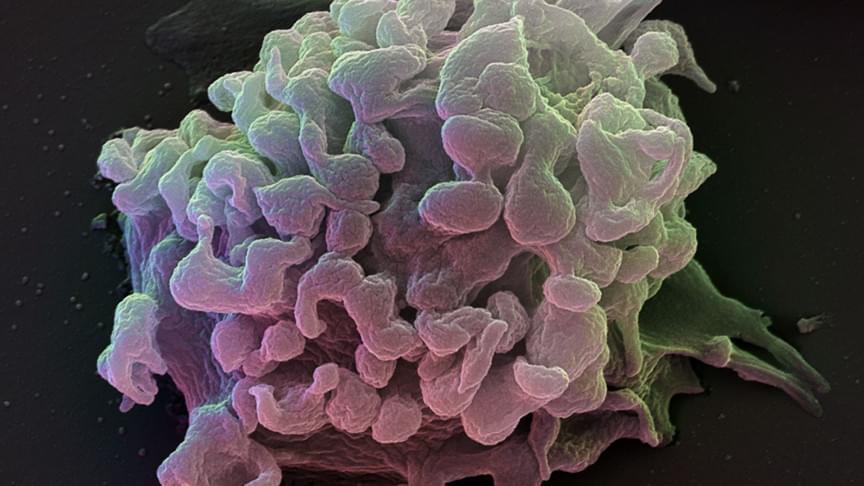
A team of scientists has discovered a brand new form of human T cell that suppresses attacks on healthy tissues, which could lead to treatments for illnesses ranging from lupus to cancer.
In case you forgot, T cells are one of the most significant white blood cells in the immune system, playing a crucial role in adaptive immune response. They can kill diseased or malignant cells; however, studies in mice have shown that some of these cells may also kill T cells responsible for orchestrating autoimmune responses.
Continue reading “A new type of killer T-cell can stop attacks on healthy tissue” »
Mar 11, 2022
Scientists “Elated”
Posted by Kelvin Dafiaghor in categories: biotech/medical, genetics, life extension
An international team of researchers claim to have slowed the signs of aging in mice by resetting their cells to younger states, using a genetic treatment.
To the scientists, The Guardian reports, it’s a breakthrough in cell regeneration and therapeutic medicine that doesn’t seem to cause any unexpected issues in mice.
“We are elated that we can use this approach across the life span to slow down aging in normal animals,” said Juan Carlos Izpisua Belmonte, Salk Institute professor and co-corresponding author of a new study published in the journal Nature Aging, in a statement. “The technique is both safe and effective in mice.”
Mar 11, 2022
‘Brain-scale’ AI model on Chinese exascale super — paper
Posted by Kelvin Dafiaghor in category: robotics/AI
Mar 11, 2022
Optogenetics reveals new insights into circuits of the brain
Posted by Dan Breeden in categories: biotech/medical, genetics, neuroscience
To date, scientists have largely been in the dark with regard to how individual circuits operate in the highly branched networks of the brain. Mapping these networks is a complicated process, requiring precise measurement methods. For the first time, scientists from the Max Planck Institute for Biological Cybernetics in Tübingen, Germany, together with researchers from the Ernst Strüngmann Institute in Frankfurt and Newcastle University in England, have now functionally proven a so far poorly understood neural connection in the visual system of monkeys using optogenetic methods. To this end, individual neurons were genetically modified so that they became sensitive to a light stimulus.
For decades microstimulation was the method of choice for activating neurons – the method proved to be reliable and accurate. That is why it is also used medically for deep brain stimulation. The Tübingen-based scientists were now able to show that optogenetics, a biological technique still in its infancy, delivers comparable results.
With optogenetics it is possible to directly influence the activity of neurons by light. To do this individual neurons are genetically modified with the help of viruses to express light-sensitive ion channels in their cell membrane. Through blue light pulses delivered directly into the brain, the modified neurons can then be systematically activated.
Mar 11, 2022
Scientists cast light on the brain’s social cells
Posted by Dan Breeden in categories: chemistry, neuroscience
Picture yourself hovering over an alien city with billions of blinking lights of thousands of types, with the task of figuring out which ones are connected, which way the electricity flows and how that translates into nightlife. Welcome to the deep brain.
Even in an era rapidly becoming known as the heyday of neuroscience, tracing the biochemical signaling among billions of neurons deep in the brain has remained elusive and baffling.
A team of Stanford University researchers managed to map out one such connection, buried inside the brain of a living, moving mammal as they manipulated its behavior. The feat offers an unprecedented close-up of the genesis of social behavior on a cellular level, and could offer insights into psychiatric puzzles such as autism, depression and anxiety.
